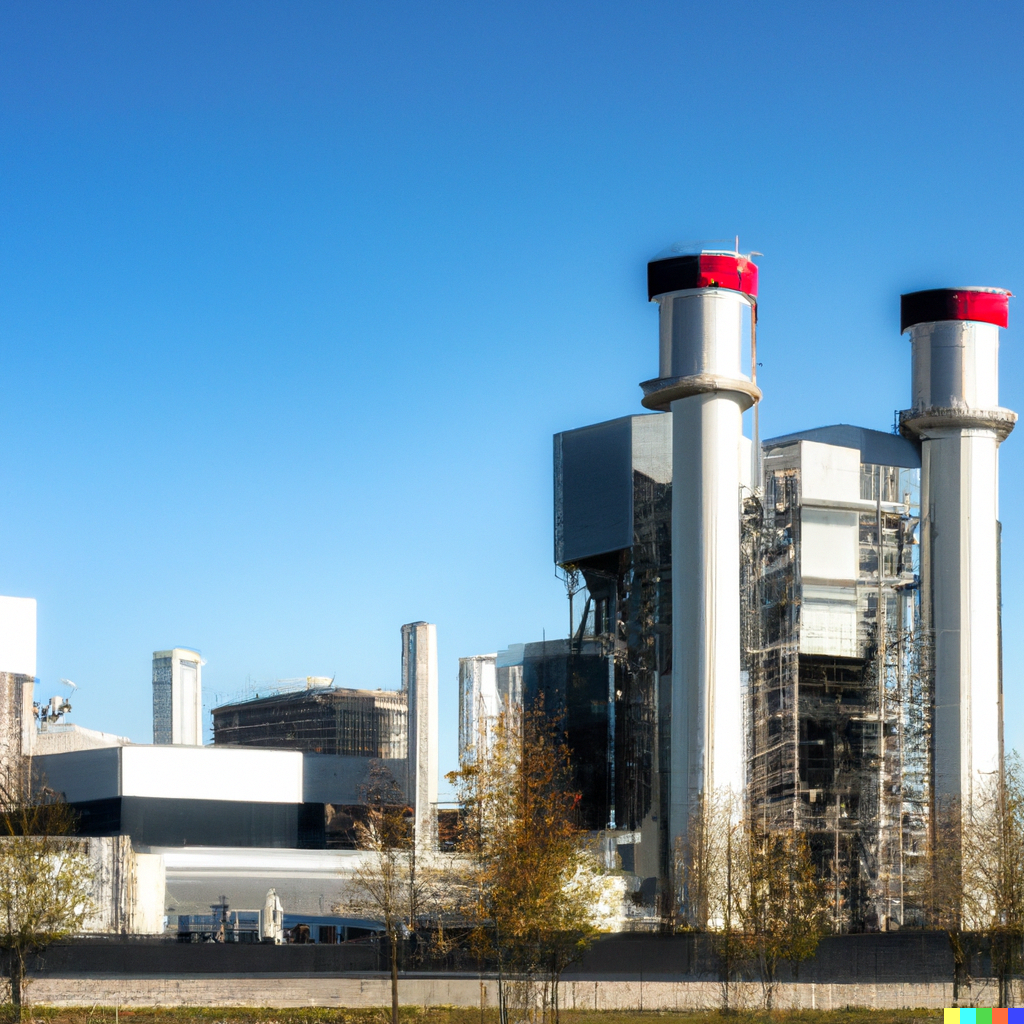New Guide for Manufacturing Leaders

Many CEOs and other leaders within manufacturing are experiencing rapid increases in requirements related to carbon emissions reporting and management. In the last few months, pressure from customers, investors, and regulators to report on and reduce emissions has increased sharply for manufacturers of all sizes.
However, there aren’t many good resources for manufacturers navigating this quickly-changing landscape. So we decided to build one.
Last week we released “Navigating the Emissions Reporting Landscape: A Guide for Manufacturing Leaders,” which contains resources compiled from extensive work with experts as well as manufacturers. The guide contains in-depth background on the changes occurring in the market, expert advice, and a framework specifically built for manufacturing CEOs and leaders to determine the best approach for their businesses to reduce risk and gain advantage.
Check it out here, and don’t hesitate to email us at info@guidewheel.com if there are other resources you would find useful in this space or others. Many thanks to all of the experts and leaders who shared their observations and advice to inform this guide!

